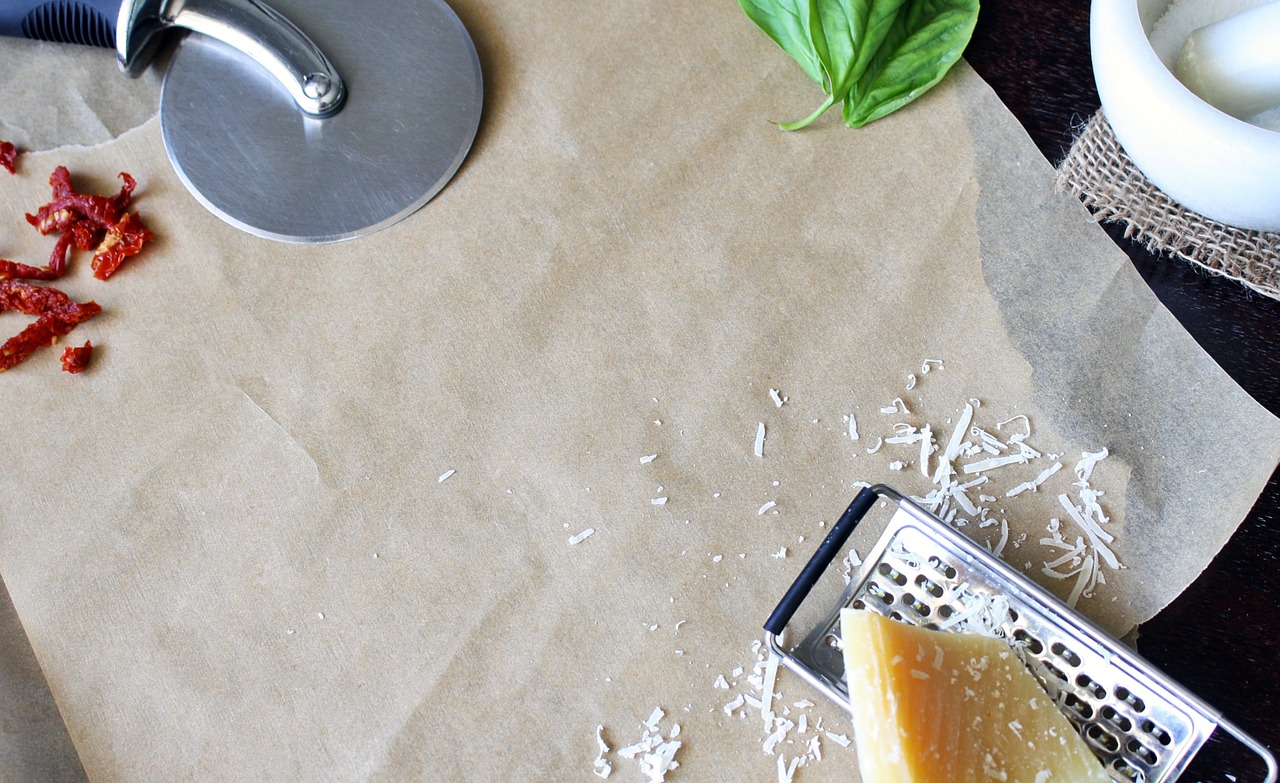Before you lay down your cookie dough circles, your cake batter, or your beef meatballs, you might consider placing these on a nonstick surface. When you go shopping for supplies, you will notice “two types” of paper: baking paper and parchment paper. You scratched your head in confusion, wondering if both papers the same. Worry not, because these “two variants” of paper are the same thing!
Is Parchment Paper and Baking Paper Same?
The baking paper could be identified as parchment paper or bakery paper in some parts of the United States. In Europe, the UK, and other parts of the world, the baking paper is called parchment paper. Parchment paper used for baking has been around the kitchen since the 19th century.
The first commercialized parchment paper was made with plant-based paper dipped with concentrated sulfuric acid and water. After drying, it leaves a smooth, nonstick finish, similar to parchment. Parchment, which is made with calfskin, is commonly used material for writing.
Books and documents written on parchment could last longer than the printing technology. This is where parchment paper derived its name. However, parchment paper is commonly misunderstood as parchment. This is why other parts of the country and the US uses the term baking paper or bakery paper.
Nowadays, baking paper is made with silicone. The use of sulfuric acid or asbestos had been removed after further studies found out that it is not safe for food consumption. Asbestos-coated paper is not heat-resistant, which silicone can provide.
What Is Baking Paper Coated With?
Baking paper is the best way to start your baking needs. If you seldom bake and you don’t still want to invest in silicone sheets and pads, you may consider purchasing a box of baking paper. Although wax paper also has a nonstick texture, it is not recommended for baking since it could melt and ignite at high temperatures.
This is because the baking paper is coated with a different coating that wax paper uses. Baking paper is coated with a thin layer of silicone, a more expensive product than paraffin or wax. Aside from being a good heat conductor, silicone is food-safe and will not affect the food’s overall quality.
Silicone-coated paper is also heat-resistant, making it a capable sheet for baking and steaming. It can also save you time in greasing and degreasing your bakeware.
There are also downsides to using baking paper. First, it is not reusable. Once it has been placed with oil, fat, and other ingredients—you cannot reuse it. If you bake daily, it is better to use baking pads to reduce expenses.
Second, it is not flame-proof. Baking sheets cannot be used for direct-heat cooking, such as broiling and grilling. Direct exposure to open flames could instantly turn your paper into ashes. Consider using aluminum foil or broiling trays when cooking on a grill or broiler.

